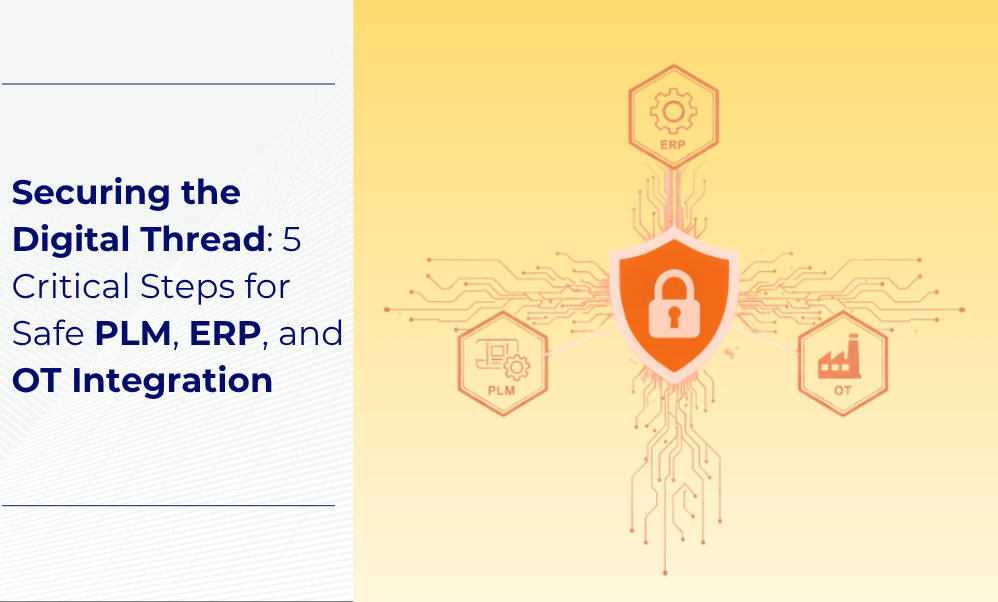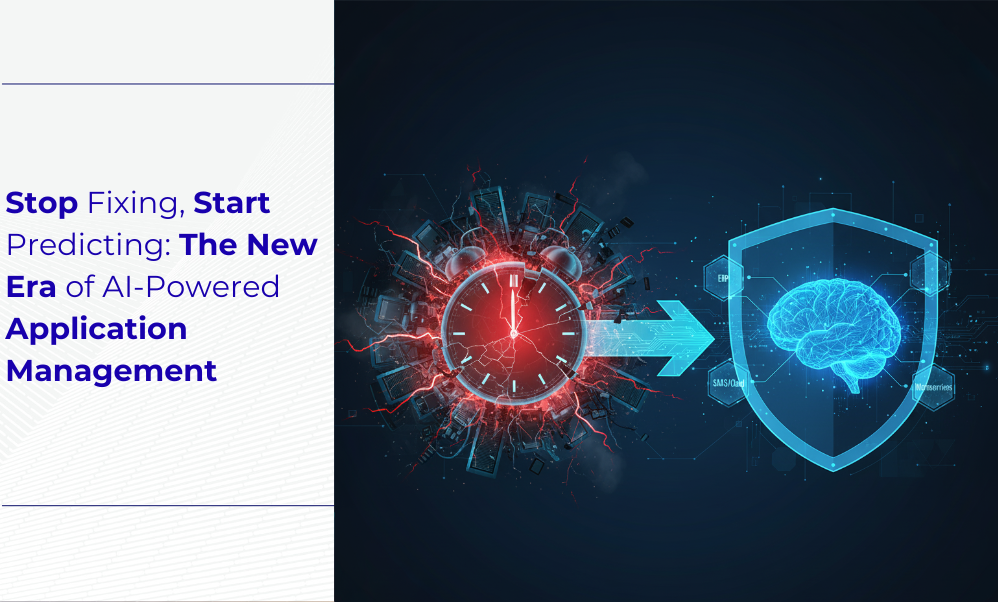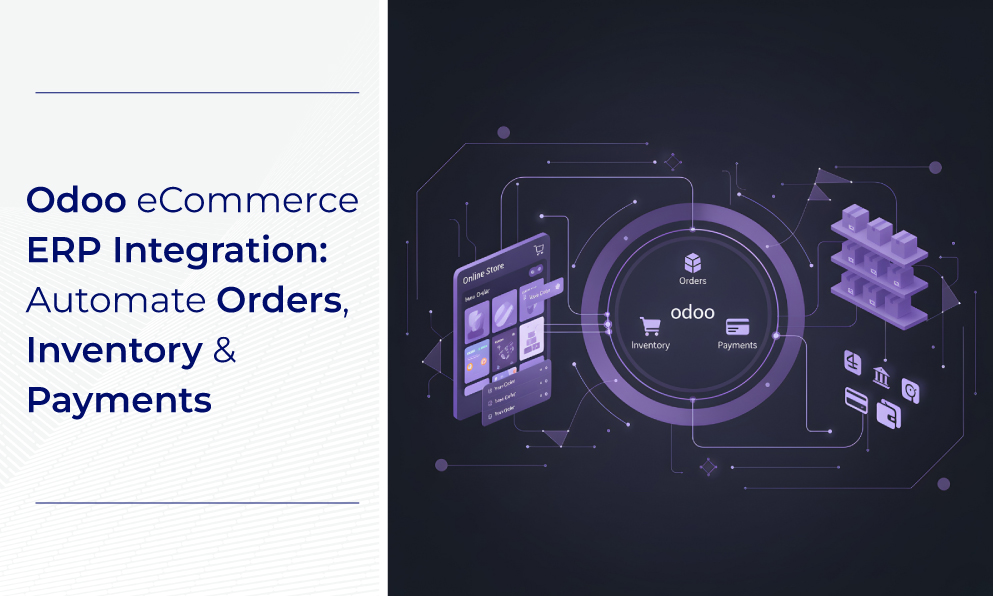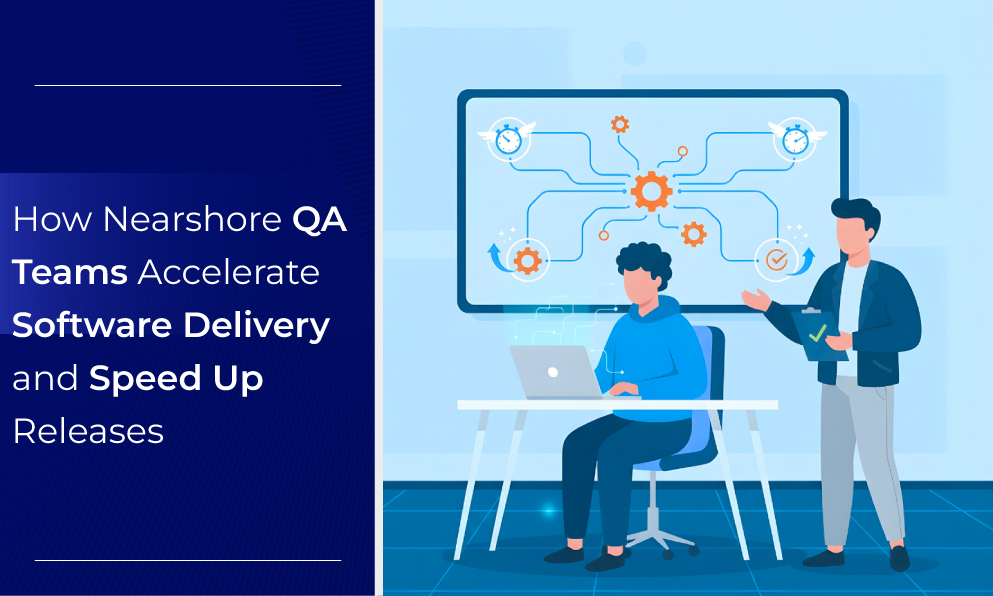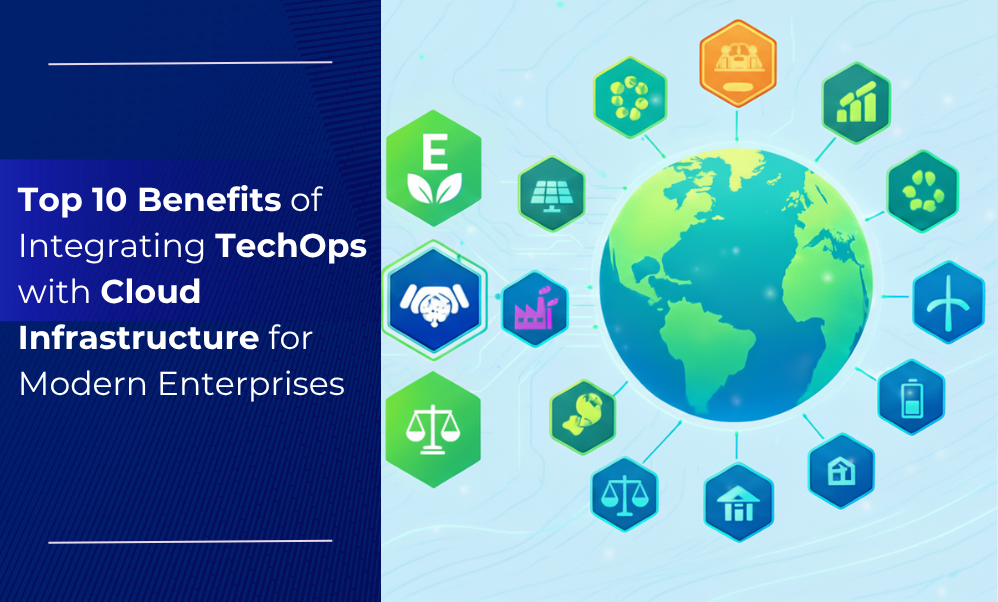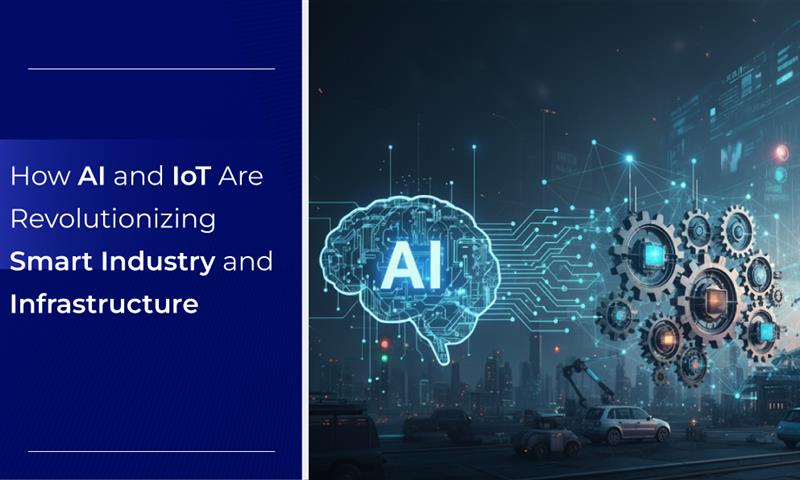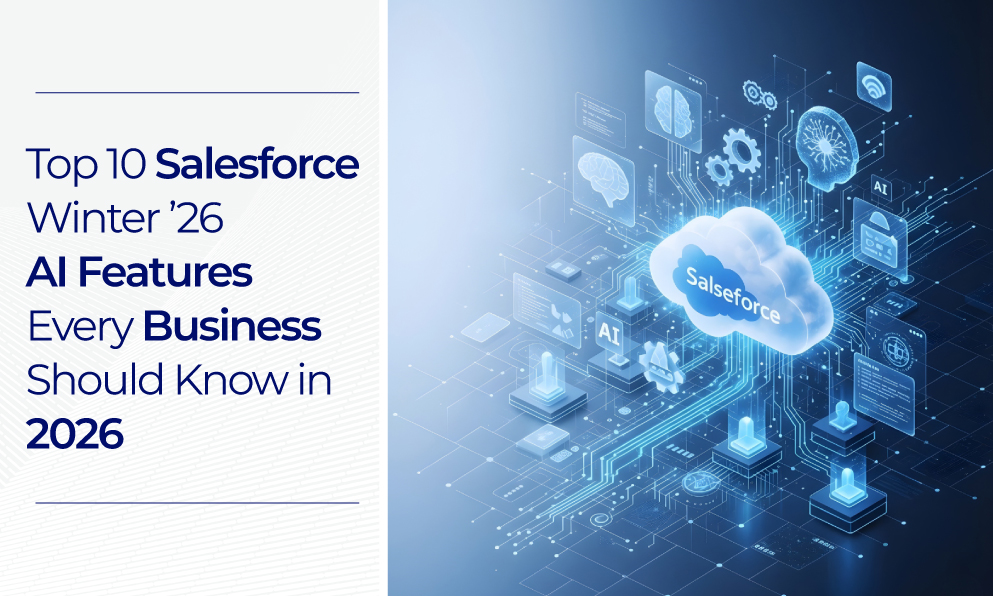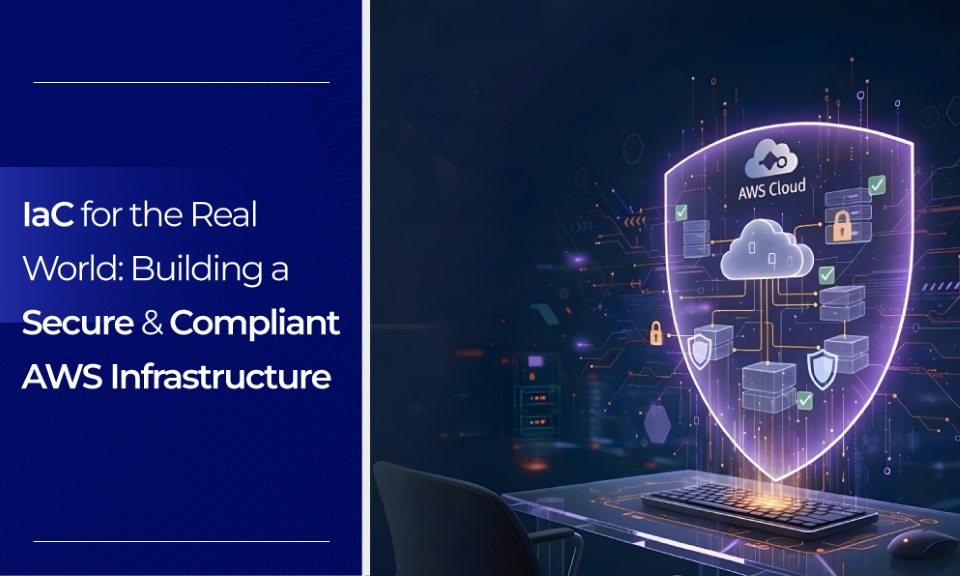Introduction
In 2025, the conversation around Environmental, Social, and Governance (ESG) has fundamentally shifted. For decades, corporate sustainability was a matter of estimation, annual reporting, and good-faith initiatives. Today, it is a data-driven mandate. Investors, regulators, and consumers no longer accept aspirational pledges; they demand verifiable proof. The EU's Corporate Sustainability Reporting Directive (CSRD) is just one example of a global trend: if you claim it, you must prove it.
This is the 'how' that is defining the next era of industrial transformation. The Internet of Things (IoT) is the technology that bridges the gap between aspirational ESG policy and auditable, real-world practice. It moves sustainability from the realm of passive estimation to active, real-time verification and management. IoT is no longer a tool for mere operational efficiency; it is the central nervous system for corporate accountability.
This article explores how this Digital Transformation is the primary driver of new ESG & Sustainability Goals. We will examine how IoT for ESG provides the data for environmental stewardship (E), the protection for social responsibility (S), and the immutable proof for governance (G).
As a global leader in end-to-end Digital Transformation, BJIT has seen this shift firsthand. From our development hubs in Japan, Europe, and Bangladesh, we are actively engineering the IoT sustainability solutions that form the new bedrock of corporate responsibility. This isn't just about efficiency; it's about building a new, verifiable foundation for business itself.
Understanding IoT’s Role in ESG Transformation
At its core, ESG is a framework for measuring a company's resilience and long-term value beyond its balance sheet. The Internet of Things is the technology that provides the data for that measurement. It acts as the central nervous system for a company's physical operations, using sensors, cloud computing, and advanced data analytics to translate real-world events into digital, actionable insights. According to the World Economic Forum (2023), IoT is a critical enabler for unlocking a new era of verifiable corporate responsibility.
This is how this Digital Transformation directly supports environmental and social targets:
Environmental (E):
This pillar is about stewardship of the planet. IoT provides the high-resolution tools for measurement, optimization, and reporting.
- Energy Optimization: Green IoT sensors on machinery, HVAC, and lighting systems provide minute-by-minute data, moving far beyond a simple monthly bill. This allows AI-driven platforms to identify idle equipment, optimize industrial automation workflows for non-peak hours, and drive energy reductions that were previously invisible.
- Waste Reduction & Predictive Maintenance: IoT-driven predictive maintenance—using vibration or thermal sensors on an STM32-based device running FreeRTOS for high reliability—can predict machine failure before it happens. This prevents catastrophic breakdowns, minimizes the scrappage of raw materials, and reduces resource-intensive emergency repairs.
- Water Management: The global smart water management market is forecasted to grow significantly as utilities use IoT to combat loss (MarketsandMarkets, 2024). Acoustic sensors and smart meters detect sub-surface leaks in real-time, preventing the loss of millions of gallons and ensuring responsible resource use.
Social (S):
This pillar is about a company's relationship with people—employees, suppliers, and the community. IoT provides active, real-time protection, turning policy into practice.
- Worker Safety: This is a cornerstone of modern IoT for ESG. Instead of passive safety policies, we can now build active safety systems. This is precisely what BJIT accomplished with the NAES AI Tracker. By integrating UWB (Ultra-Wideband) for precise location, AI models for anomaly detection (like falls), and an AWS IoT backend for alerts, we built a system that actively protects lone workers, providing a measurable, life-saving "Social" outcome.
- Community Well-being: Environmental IoT sensors can monitor a factory's effluent or emissions, ensuring they do not harm the local community. An even more powerful example is the Safepro Soteria System, which BJIT helped engineer. By connecting gunshot sensors to a central cloud platform that controls laser-guided exits—all running on a reliable, custom KiCAD-designed board with PoE—the system uses IoT to create safer public spaces, a profound contribution to community well-being.
As a proven expert in high-stakes IoT-driven industrial automation, BJIT specializes in architecting these high-reliability real-time monitoring platforms. Our expertise is full-stack: from the custom KiCAD circuit design and STM32 firmware to the secure AWS IoT cloud and the final analytics dashboard. We build the systems that don't just report—they actively protect people and the planet.
Beyond Efficiency — The Sustainability Advantage
For years, the justification for Green IoT was simple: "efficiency." IoT saved money by reducing energy bills, cutting fuel consumption, and optimizing maintenance schedules. This was a "cost-saving" model.
Today, IoT has matured, enabling a far more powerful "value-creating" model. IoT for ESG is no longer just about optimizing old processes; it is about enabling new, circular, and sustainable business models.
- Enabling the Circular Economy: The visionary end-goal of sustainability is the circular economy, and IoT is its core enabler. By embedding sensors into products before they are sold, companies create "digital product passports." This allows them to shift from selling a product (a one-time transaction) to selling "Product-as-a-Service" (a long-term relationship). They can track asset health, manage end-of-life recovery, and facilitate remanufacturing, turning a linear "take-make-waste" model into a circular "use-recover-regenerate" one.
- Proving Carbon Reduction: Data from McKinsey & Company (2023) shows that IoT solutions have the potential to help reduce global greenhouse gas (GHG) emissions by 10-15% by 2030. BJIT’s experience in logistics optimization for our clients, for example, directly cuts fuel consumption and Scope 1 emissions. In eco-smart manufacturing, our sensor-to-cloud solutions have provided the data needed to pinpoint and eliminate energy and material waste, turning sustainability goals into a measurable reality.
- Creating New Value with IoT-Enabled Infrastructure: Our work on projects like the Safepro Soteria System shows this new value. This isn't an "efficiency" play; it's the creation of an entirely new, life-saving public safety infrastructure. By connecting gunshot sensors to a cloud platform that controls laser-guided exits, the IoT system creates a "Social" value far beyond what any simple efficiency metric could capture.
How IoT Enables Measurable ESG Metrics
The single greatest driver for new ESG goals is verifiability. Regulators like the EU (with its CSRD) and investors are no longer accepting estimations. They demand granular, auditable, real-time data. IoT for ESG is the only way to provide this "single source of truth."
This is how IoT delivers metrics, not just "mission statements":
- For Energy & Utilities (E): Instead of a monthly utility bill, IoT sensors on smokestacks provide real-time, second-by-second carbon tracking of Scope 1 emissions. This is the difference between an estimate and an audit.
- For Supply Chains (S): How do you prove "ethical sourcing"? IoT-enabled trackers, sometimes paired with blockchain, can create a verifiable, end-to-end chain of custody. This allows a company to prove its materials did not come from conflict zones or sources using forced labor.
- For Agriculture (E): Sustainable irrigation is no longer a guess. IoT sensors that monitor soil moisture, humidity, and weather data allow for the precise, automated application of water and fertilizer, maximizing yield while minimizing environmental runoff.
- For Governance (G): This pillar is about transparency, accountability, and the integrity of your data. IoT moves governance from a passive "policy-based" activity to an active, "data-driven" one. Instead of relying on manual audits, IoT provides an immutable, real-time record of compliance. Sensor data is time-stamped, geolocated, and cryptographically signed, creating a verifiable audit trail for regulators (like the EU's CSRD) and investors. This automates compliance logging and makes your ESG reports defensible, not just estimations.
At BJIT, we understand that data is useless if it isn't actionable. A core part of our full-stack IoT service is building the custom dashboards and analytics systems our clients need. We transform billions of raw data points from sensors into intuitive, C-level dashboards that visualize key ESG metrics, automate regulatory reports, and send real-time alerts for compliance breaches.
Ready to make your ESG goals measurable? Partner with BJIT for Sustainable IoT Transformation
From Aspiration to Operation: A Modern ESG Framework
Overcoming IoT-ESG Challenges
Adopting IoT for ESG is not without its barriers. Key concerns include data security, the cost of implementation, and the risk of "greenwashing." A successful strategy must address these head-on.
Data Privacy & Security: An IoT network with thousands of new sensors can expand an organization's attack surface. This is a non-negotiable.
- BJIT’s Solution: We build secure IoT architecture from the ground up, based on zero-trust principles. This includes secure boot on the device (using hardware like STM32), encrypted data-in-transit (MQTT/TLS), robust cloud access controls, and secure OTA updates. Our ISO 27001-certified practices ensure your data—and your customers'—is governed and protected.
Interoperability & Data Silos: Many companies have "legacy" industrial equipment. How do you connect new IoT systems to old infrastructure without creating more data silos?
- BJIT’s Solution: Our deep expertise in enterprise integration and complex firmware (using FreeRTOS for real-time applications) allows us to bridge this gap. We are masters at making new and old systems communicate, pulling all your data into a single, unified analytics platform.
Greenwashing & Data Integrity: How can you trust your data? If sensors are miscalibrated or data is manipulated, your ESG report becomes a liability, not an asset.
- BJIT’s Solution: This is where AI-driven data validation becomes critical. We build AI models that run alongside your IoT data streams to detect anomalies, flag sensor drift, and validate data integrity before it hits your dashboard. This ensures your ESG metrics are accurate, auditable, and defensible.
Is your current infrastructure ready for this level of data governance? Ask BJIT to Audit Your IoT Infrastructure for Sustainability Optimization
BJIT’s Expertise in IoT and Sustainable Transformation
Implementing a meaningful IoT for ESG strategy is a complex, multi-disciplinary engineering challenge that lives at the intersection of the physical and digital worlds. It demands a rare, full-stack capability—from custom PCB design to AI-driven cloud analytics.
This end-to-end expertise is the core of BJIT's identity.
- 20+ Years of Proven Experience: For over two decades, BJIT has been at the forefront of IoT, AI, and enterprise integration, delivering high-stakes solutions for global clients.
- Global Delivery, World-Class Standards: Our unique global delivery centers in Japan, Europe (Finland), and Bangladesh give our clients a strategic advantage. We combine world-class engineering and a deep understanding of international regulatory standards (like EU's CSRD and GDPR) with a cost-efficient and secure delivery model.
- Strategic European Partnership: Our partnership with Etteplan, a leader in European engineering and digital solutions, deepens our capabilities in sustainable digital solutions and advanced eco-smart manufacturing.
- Real-World Achievements: We have a proven track record of helping our clients achieve tangible ESG goals. We've built the AI-powered NAES AI Tracker to protect lone workers (a clear "S" pillar goal) and the Safepro Soteria System to create safer communities. For our manufacturing clients, our IoT-driven industrial automation solutions have provided the critical data needed to reduce material waste and optimize energy efficiency.
Conclusion: From Data-Driven Insight to Sustainable Impact
The Internet of Things is the definitive engine for the next generation of corporate responsibility. It provides the how—the verifiable, real-time data—to answer the strategic why of your ESG goals. No longer a matter of estimation, IoT sustainability transforms environmental stewardship into an optimization problem, social responsibility into a proactive, life-saving system, and corporate governance into a transparent, immutable record of trust.
Aligning this complex Digital Transformation with your core business is the single most important value-driver for the coming decade. As a global, end-to-end technology partner, BJIT empowers your organization to master this integration. We build the high-stakes, secure, and intelligent systems that turn your sustainability ambitions into measurable, verifiable, and impactful realities.
Take the Next Step
Partner with BJIT for Sustainable IoT Transformation
References (APA 7th Edition)
- Archive Market Research. (2024). Environmental IoT sensors market: Analysis and forecast 2025-2033.
- FATFINGER. (2024, April 6). The role of IoT in enhancing connected worker safety in high-risk industries.
- Gartner, Inc. (2024). Market guide for IoT-enabled worker safety. Gartner.
- Ignitec. (2025, January 2). Trends for 2025: IoT, sustainability, and health innovation.
- LORIOT. (2025). 10 IoT trends shaping the future in 2025.
- McKinsey & Company. (2023). How tech is driving the green transition.
- MarketsandMarkets. (2024). Smart water management market: Global forecast to 2028.
- PwC. (2022). IoT for worker safety.
- Telekom. (2025, September 3). IoT governance in companies: Combining control, security and compliance.
- World Economic Forum. (2023). IoT in the workplace: Unlocking a new era of worker safety and productivity.
